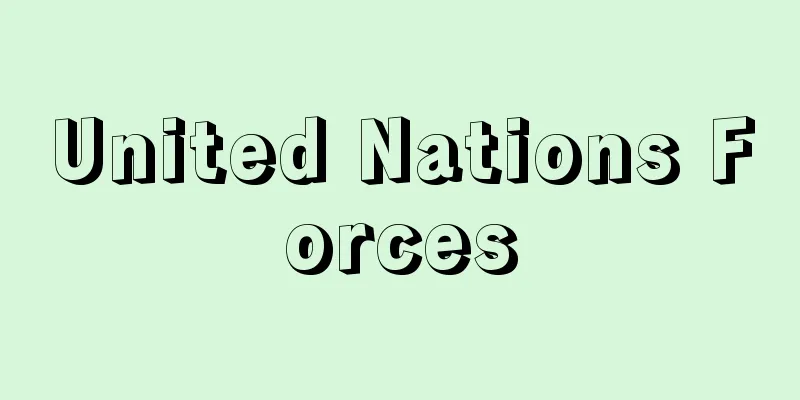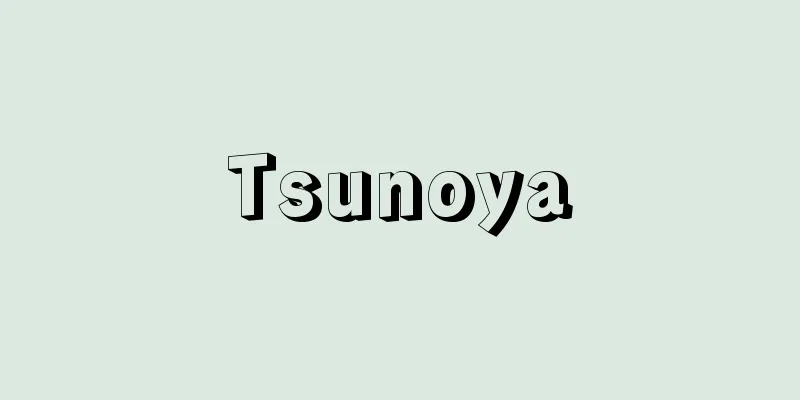United Nations Forces

|
The term "United Nations forces" refers to the armed forces employed for the purposes and under the control of the United Nations. The term "United Nations forces" is not a term in the Charter of the United Nations and is sometimes used with different meanings. First, it refers to the armed forces stipulated in Chapter 7 of the UN Charter, that is, the armed forces used by the UN in enforcement actions against aggression or breach of the peace (Article 42). This armed force is not a standing army owned by the UN itself, but is formed from the land, sea and air forces of member states on an as-needed basis and left to the UN's use. However, a preparatory system was envisaged in which each country would commit in advance to the type and number of troops it would provide to the UN through an agreement (special agreement) concluded between the Security Council and member states (Article 43). However, this troop provision agreement was abandoned early on after the UN was established, reflecting the rivalry between the major powers, and to this day no agreement has been concluded with any country. As a result, the UN's initial plan for a ready UN force has yet to be realized. Secondly, during the Cold War between the US and the Soviet Union, during the Korean War in 1950, the military forces organized based on a Security Council resolution with the mission of "repelling armed attacks by North Korea" were called "United Nations forces." However, although the military forces for this coercive action were based on a UN resolution, they were organized mainly by the US military and the military action was directly commanded by the US, so they were not under the control of the UN. In that sense, they should be called multinational forces rather than UN forces. Then, after the end of the Cold War, during the Gulf War in 1990, the Security Council adopted a resolution authorizing "taking all necessary measures" against Iraq, which had invaded Kuwait, and based on that, military action was taken by a multinational force. This multinational force's coercive action was organized mainly by the US military, just like in the Korean War, and was carried out without the control of the UN, but the name "United Nations forces" was no longer used. Thirdly, what is widely referred to as the "UN forces" today is not an army for enforcement actions as mentioned above, but a military organization (peacekeeping forces) for peacekeeping operations (PKO), which is fundamentally different in nature from what the UN Charter originally envisaged. The prototype of this type of "UN peacekeeping force" was the United Nations Emergency Force (UNEF) that was dispatched to the Middle East during the Suez War in 1956. After that, peacekeeping operations were inherited in conflict resolution in the Congo, Cyprus, the Middle East, and other places, and became established as a UN activity. Peacekeeping forces differ from the original meaning of UN forces in that they are tasked with helping to smoothly implement ceasefires and withdrawal from a neutral position based on the consent of the parties to the conflict, but they are worthy of the name "UN forces" in the sense that they are commanded by the UN Secretary-General and are under the direct control of UN organizations. Even after the end of the Cold War and the restoration of the UN's enforcement functions, the use of peacekeeping forces has been increasing. The UN peacekeeping forces were awarded the Nobel Peace Prize in 1988. [Shigeru Kozai] [References] |Source: Shogakukan Encyclopedia Nipponica About Encyclopedia Nipponica Information | Legend |
|
国連軍とは、国連の目的のために、その統制の下に使用される軍隊をいう。「国連軍」という名称は、国際連合憲章上の用語ではなく、場合により異なる意味に使われている。 第一に、国連憲章が第7章に規定している兵力、すなわち侵略や平和の破壊に対して国連がとる強制行動に用いられる軍隊をいう(第42条)。この軍隊は、国連自身が保有する常備軍ではなく、加盟国の陸・海・空の兵力によりそのつど編成され、国連の使用にゆだねられる型のものであるが、安全保障理事会と加盟国の間に締結される協定(特別協定)によって、各国が国連に提供する兵力の種類や数をあらかじめ約束しておく事前の準備体制が予定されていた(第43条)。しかし、この兵力提供の取決めは、国連の発足後まもなく、大国間の対立を反映して早くも断念され、今日に至るまでどの国との間にも結ばれていない。このため、国連が当初予定した国連軍編成の即応体制は、いまだに実現をみないでいる。 第二に、米ソ冷戦下、1950年の朝鮮戦争の際、安保理事会の決議に基づき「北朝鮮の武力攻撃を撃退する」任務を帯びて組織された軍隊が「国連軍」とよばれた。しかし、この強制行動のための軍隊は、国連決議に基づくものではあったが、その実体は米軍を中心に組織され、軍事行動はアメリカが直接指揮をとったため、国連の統制下に置かれたものではない。その意味では、国連軍というよりはむしろ多国籍軍とよばれるべきものであった。ついで冷戦の解消後、90年の湾岸戦争に際して、安保理事会はクウェートに進攻したイラクに対して「必要なあらゆる措置をとる」ことを承認する決議を採択し、それに基づき多国籍軍による軍事行動がとられた。この多国籍軍の強制行動は、朝鮮戦争の時と同様、米軍を中心に組織され、国連の統制を離れて遂行されたが、もはや「国連軍」の名称は用いられなかった。 第三に、今日広く「国連軍」とよばれるのは、先に述べた強制行動のための軍隊ではなく、国連憲章が本来予定していたものとは基本的に性格を異にする、平和維持活動(PKO)の任務のための軍事組織(平和維持軍)である。この種の「国連平和維持軍」の原形となったのは、1956年のスエズ戦争の際、中東に派遣された国連緊急軍(UNEF)であった。その後、平和維持活動はコンゴ、キプロス、中東などの紛争解決に受け継がれ、国連活動として定着するに至った。平和維持軍は、紛争当事者の同意を基礎として、中立的立場で停戦や撤兵が円滑に実施されるのを助ける任務にあたる点で本来の意味の国連軍とは異なるが、国連事務総長が指揮をとり、国連機関の直接の統制下に置かれるという意味で、「国連軍」の名に値するものである。冷戦の解消により、国連の強制機能が復活した後も、平和維持軍の活用はますます増えている。国連平和維持軍は、88年にノーベル平和賞を受賞した。 [香西 茂] [参照項目] |出典 小学館 日本大百科全書(ニッポニカ)日本大百科全書(ニッポニカ)について 情報 | 凡例 |
<<: United Nations Disarmament Commission
>>: United Nations Environment Programme
Recommend
Kolomenskoe
...White decorations on red walls, colored cerami...
gyrocompass
...Even if deviation correction is performed, it ...
Batmunkh, Zh. (English spelling) BatmunkhZh
…Official name = MongoliaMongol ulusArea = 1,566,...
Ornamental crops - Ornamental crops
…Green manure crops are crops such as milk vetch ...
Pencil - pencil
A writing instrument made by mixing graphite (min...
Cape Three Points
Cape Ghana's southernmost point in West Africa...
Malus baccata (English spelling)
… [Mitsuru Hotta]... From [Zumi] …[Yamanaka Futos...
Cell cycle
This is the cycle in which a cell that has complet...
Tax offender - tax offender
Unlike tax evasion, which does not directly infrin...
Abenotori - Abenotori
Year of birth: Unknown An official from the early ...
Pet cat - kaineko
...Generally, it refers to domestic cats, i.e. ho...
Tevis, W.
…Robert Rossen (1908-66), who won the Academy Awa...
People - jinmin (English spelling) people English
This word has been given various meanings dependi...
Oshoya mawashi - Oshoya mawashi
...If we consider that the Bandai family needed t...
Ice Belt - Ice Slide
… [Structure, Strength] Icebreakers need to have ...




![Fukuoka [town] - Fukuoka](/upload/images/67ccafb93db2f.webp)




